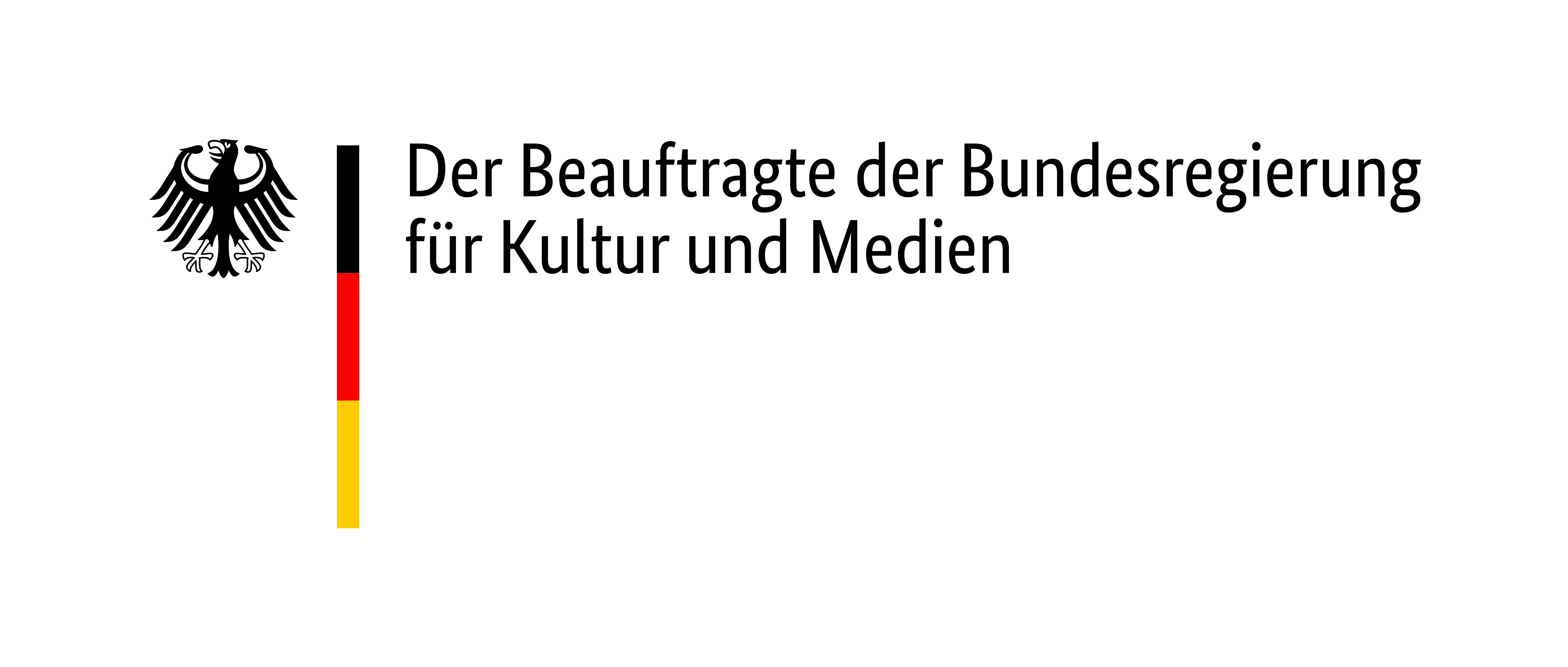
After the liberation of Weimar, the city was faced with the question of how to deal with its recent past. The cleansing of the cityscape from relics of the Nazi era began under American occupation. At the same time, a group of former Buchenwald prisoners led by Richard Großkopf campaigned for the commemoration of the (political) prisoners of the concentration camp to be prominently anchored in the cityscape. Watzdorfplatz with its two memorials also came to the fore here. Even at this early stage,
From the end of November 1945, the old monuments were initially demolished and the city council renamed the area Square of the 51,000 in memory of the estimated number of dead at the time. For the next two years, however, the square, which was partly lined with ruins, remained virtually unchanged, partly because other options were considered for the design of a beech forest memorial, such as today's Jorge Semprún Square.
On 14 September 1947, the third Day of the Victims of Fascism, the recently founded Association of Victims of Nazi Persecution (VVN) symbolically took possession of the Square of 51,000, although their ambitious design plans - initially two large groups of figures to the left and right of the street - were not carried out due to the economic hardship. The decoration of the area remained as meagre as it was improvised. In 1952, the city of Weimar changed the name to Platz der 56 000 in response to new information about the number of victims.
In the same year, the VVN once again formulated an ambitious new building project which, in addition to the erection of a memorial complex, also envisaged office space and other facilities to free the square from the flanking landscape of ruins. The dissolution of the VVN beyond the camp committees as survivor networks in the GDR in February 1953 - ostensibly because a genuinely anti-fascist state did not need its own organisation of former Nazi victims - meant the end of these plans for the time being.

